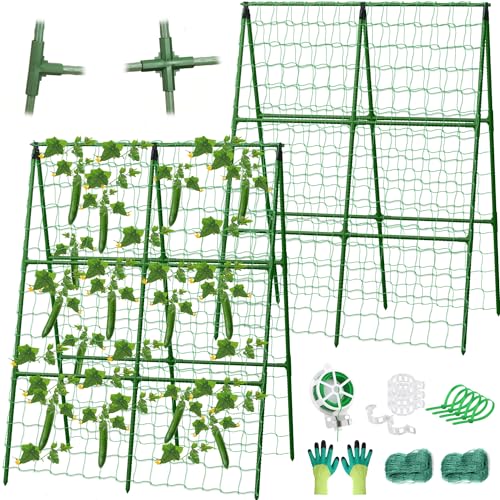I have learned so much in the past year from reading Daniel Pambianchi's book "Techniques in Home Winemaking"; and I have learn a great deal more from reading the posts in the Wine Making Talk forum. However, I've also been humbled by what I've read as it makes me realize just how inexperienced I am. This realization causes me to be hesitant about venturing away from the comfort of a kit wine where everything is prepped and controlled by the kit manufacturer in order to assure a successful outcome.
In October, I will be getting a juice bucket from the Papagni Fruit Company in Madera, California. It's not a kit but the juice variety is labeled as Chianti. I've emailed the company to find out the specific blend used but have not heard back from them. I'm assuming the grape juice blend to be principally Sangiovese with about 30% Merlot. I seek the forum's guidance on the vinification process I intend to follow.
Here is the method what I plan on following to make this juice into a decent drinking Chianti:
As you'll note, I will not be using any fining chemicals in this process. What I'm unsure of is how long I should keep the oak spirals in contact with the wine. Do the oak spirals need to be transferred to the next carboy after the first racking? What is being risked with this oaking process?
In October, I will be getting a juice bucket from the Papagni Fruit Company in Madera, California. It's not a kit but the juice variety is labeled as Chianti. I've emailed the company to find out the specific blend used but have not heard back from them. I'm assuming the grape juice blend to be principally Sangiovese with about 30% Merlot. I seek the forum's guidance on the vinification process I intend to follow.
Here is the method what I plan on following to make this juice into a decent drinking Chianti:
- Let the 6 gallon juice bucket reach room temperature; then take specific gravity and acid readings. Adjust if necessary, however, I don't expect any chemical additions to be necessary.
- The juice bucket comes with Lalvin V116 yeast supplied by the Tampa, Florida distributor but I'm going to substitute Lalvin BM4X4. According to MoreBeer, Lalvin BM45 is supposed to give a better mouth feel and stabilize the color of the wine. BM45 is no longer available but Lalvin BM4X4 is a direct substitution for BM45 according to another vendor.
- After primary fermentation, I will rack the wine into a carboy and add 2 French Oak Spirals. I never oaked a wine outside of kit instructions before.
- Fourty five days later, I will rack again to a clean carboy and rack twice more at subsequent 60 day intervals.
- Finally at about the six month point, I will filter the wine into my bottling bucket and bottle it.
- Now the wine will be allowed to bottle age for about three months at which point I will test to make sure that it has recovered from bottle shock. If drinkable at this stage, that will be great. If not, the next bottle to be opened will be in another 2 months, etc., until drinkable.
As you'll note, I will not be using any fining chemicals in this process. What I'm unsure of is how long I should keep the oak spirals in contact with the wine. Do the oak spirals need to be transferred to the next carboy after the first racking? What is being risked with this oaking process?




















































